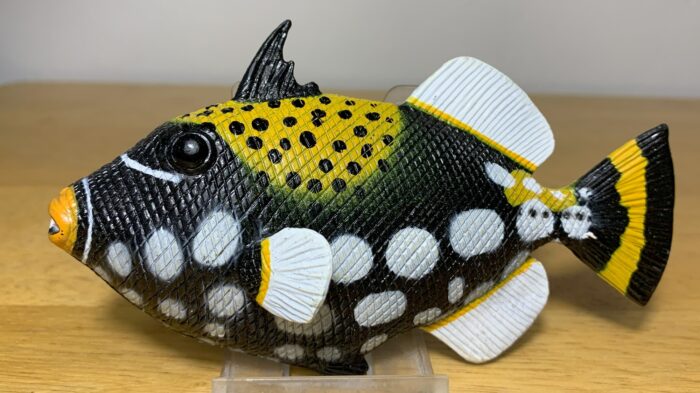Last week we looked at the Safari Ltd. queen triggerfish, so it makes sense to look at the companies’ other triggerfish that was released alongside it, the clown triggerfish (Balistoides conspicillum). Like its companion, the clown triggerfish was produced between 2008-2016. Unlike the queen triggerfish however, this species is more popular in the toy hobby, with a TOOB figure by Safari as well as figures from Play Visions, Yujin, Colorata, and K&M.
Author: Gwangi
 My name is Arthur but I go by Gwangi on the blogs and forums, as homage to the old dinosaur and monster movies I love so much. In addition to writing about and collecting toy animals (extinct and extant) I also share my home with a variety of living animals, mostly reptiles but a little bit of everything. I have a lifelong interest in all things pertaining to nature and natural history and most of my hobbies can be linked to those things in some way. I currently live in Maryland with my wife and daughter. In addition to writing on here I also write magazine articles, typically about local wildlife and aquarium fishes.
My name is Arthur but I go by Gwangi on the blogs and forums, as homage to the old dinosaur and monster movies I love so much. In addition to writing about and collecting toy animals (extinct and extant) I also share my home with a variety of living animals, mostly reptiles but a little bit of everything. I have a lifelong interest in all things pertaining to nature and natural history and most of my hobbies can be linked to those things in some way. I currently live in Maryland with my wife and daughter. In addition to writing on here I also write magazine articles, typically about local wildlife and aquarium fishes.All reviews by this author
Queen Triggerfish (Incredible Creatures by Safari Ltd.)

Triggerfish are a group of ray-finned fishes belonging to the Balistidae family within the Tetraodontiformes order (along with pufferfish and ocean sunfish, among others) There are 40 described species, and they all live in tropical and subtropical waters. They get their name because the second spine on their dorsal fin acts as a trigger of sorts for the first spine.
Marine Iguana (Incredible Creatures by Safari Ltd.)
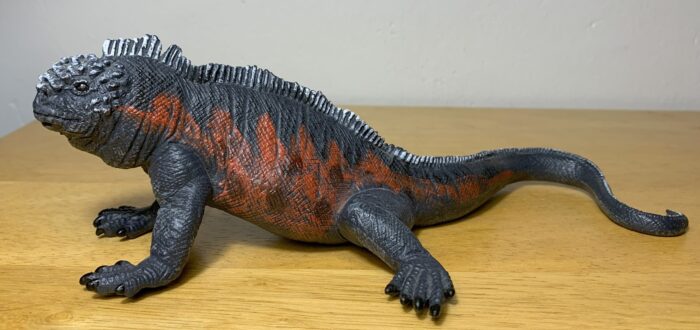
A large lizard, with spikes along its back, that dwells in the Pacific Ocean. No, I’m not talking about Godzilla, I’m talking about the marine iguana (Amblyrhynchus cristatus), the world’s only marine lizard. It’s about as close to a real Godzilla as you can get. In fact, one of its many subspecies is named A.
Elephant Seal (Mojö Sealife by Mojö Fun)

Also known as sea elephants, the seals of the genus Mirounga are the largest pinnipeds in the world. Two species have been described. The northern elephant seal (M. angustirostris) and the southern elephant seal (M. leonina). Northerns live in the eastern Pacific Ocean, in the northern hemisphere.
Mahi-Mahi (Incredible Creatures by Safari Ltd.)
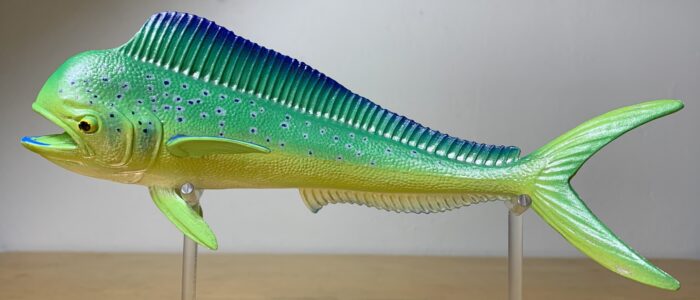
The mahi-mahi (Coryphaena hippurus) is a highly sought after species of sportfish belonging to the Coryphaenidae family along with one other species. They’re prized recreationally and commercially for their size, beauty, and mild sweet flavor. They’re also abundant within their range and listed as least concern by the IUCN.
North Atlantic Right Whale, 2025 (Wildlife by Schleich)

Before we begin the review, I would like to extend my gratitude towards Happy Hen Toys for sending this figure along as a review sample. Check out their large selection of animal and dinosaur figures by clicking the banner below.
Right whales of the genus Eubalaena are large, robust baleen whales that were heavily hunted by whalers for their high blubber content (up to 40% of their body weight).
Texas Longhorn Cattle, Bull (Farm World by Schleich)

An icon of the American west, the Texas longhorn traces its origins to cattle brought to the Americas from the Iberian Peninsula by Spanish conquistadors. In Texas, some of these criollo cattle went feral and over several generations adapted to the harsh dry climate of the American southwest. When American settlers spread westward, they brought European cattle breeds that, by themselves, failed to thrive, but when crossed with the criollo cattle did exceptionally well.
Angus Cattle, Cow (Safari Farm by Safari Ltd.)
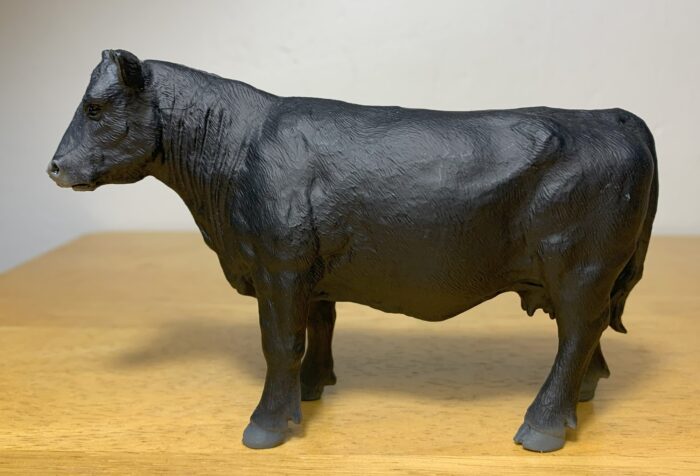
Angus cattle are a breed of beef cattle regarded as having some of the highest quality beef available. If you’ve ever perused the beef aisles at the supermarket you’ve no doubt noticed that when a cut of beef comes from Angus cattle, it is marketed as such. It is one of the few types of beef where the breed it comes from is acknowledged and used to advertise the product.
Giant Panda, 2014 (Wild Safari Wildlife by Safari Ltd.)
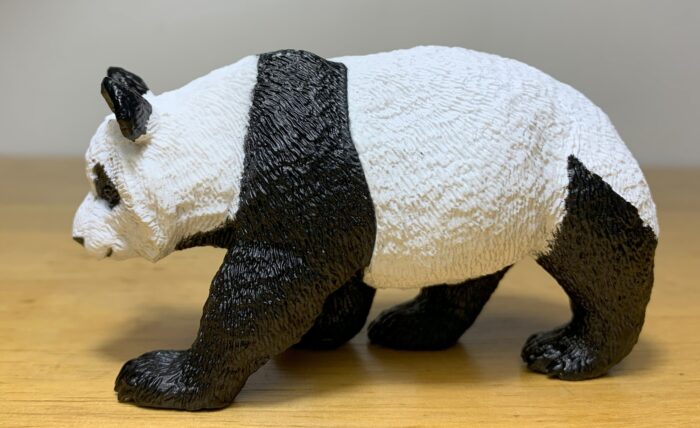
Everyone’s favorite herbivorous carnivoran, the giant panda (Ailuropoda melanoleuca) is also the most herbivorous species of carnivoran, with over 60 species of bamboo making up over 99% of its diet. The giant panda lives across six mountain ranges located in China, a sliver of its former range which once extended into southwest China, Myanmar, and north Vietnam.
Sun Bear (Mojö Woodland by Mojö Fun)

The sun bear (Helarctos malayanus) is the only member of its genus, the world’s smallest bear, the world’s most arboreally adapted bear, and the only bear that specializes in myrmecophagy (consumption of ants and termites). Features like their strong arms, inwardly turned forepaws, and flattened chest aid them in their arboreal lifestyle.
Red-eared Slider (Wild Animals by Papo)

In 1992 the Teenage Mutant Ninja Turtles were at the height of their popularity and like many young boys of my generation, I was obsessed! To the point where my vast toy collection wasn’t enough. I wanted a real turtle, and shockingly enough my mother obliged me. He was a red-eared slider (Trachemys scripta elegans), a sub-species of the pond slider native to the mid-western United States, around the Mississippi River and its tributaries.
Stoat (Mojö Woodland by Mojö Fun)
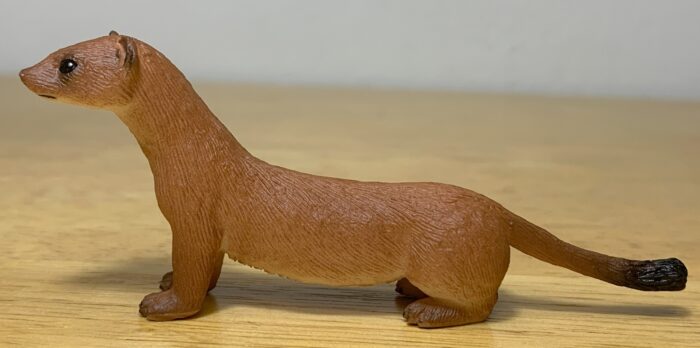
Also known as the short-tailed weasel and ermine, the stoat (Mustela erminea) has a circumpolar distribution around the northern half of the northern hemisphere in North America and Eurasia. The stoat was also introduced to New Zealand to control rabbit populations but has been wreaking havoc on New Zealand’s bird population.

